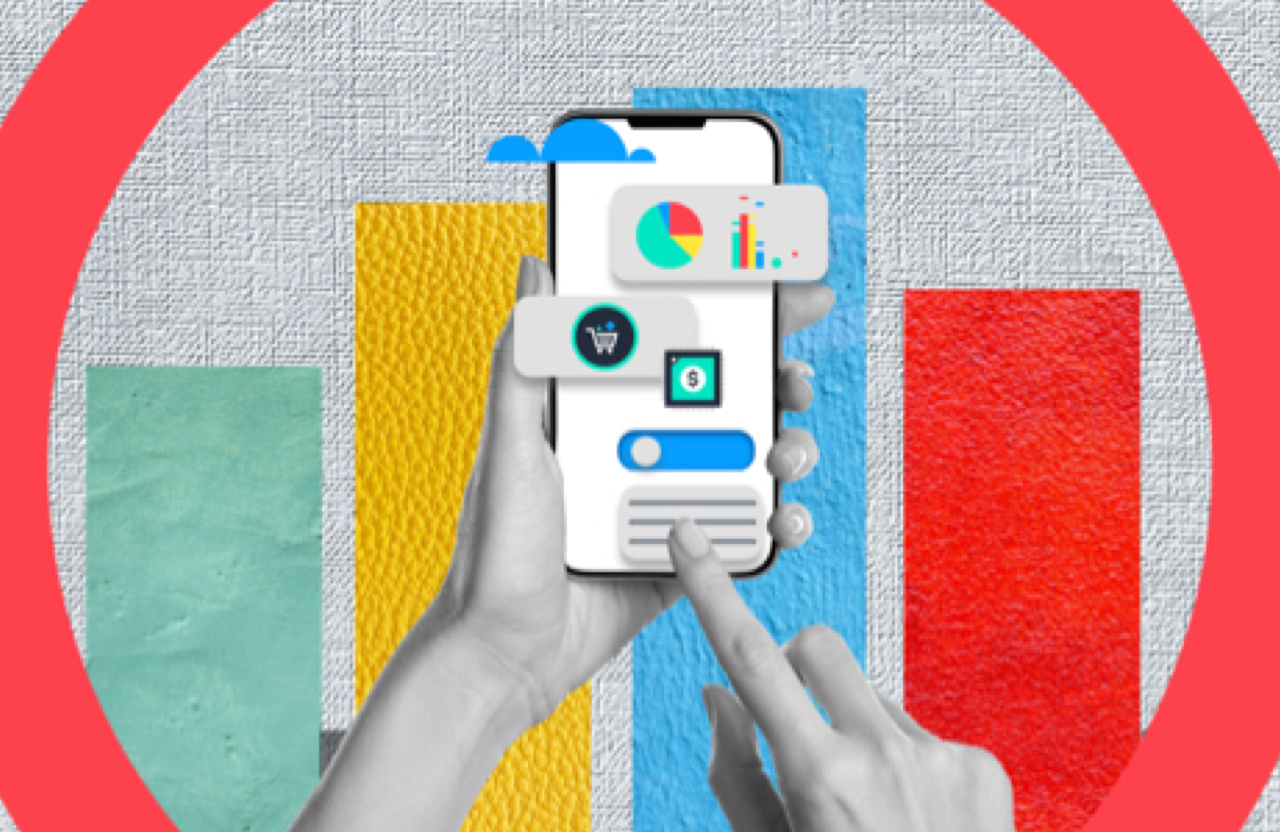What issue can we solve for you?
Type in your prompt above or try one of these suggestions
Suggested Prompt



Insight
Four Ways Retailers are Digitizing the In-Store Experience
Four Ways Retailers are Digitizing the In-Store Experience
How these businesses reduce friction and drive convenience
With in-store footfall back on the rise, many retailers are focused on creating new and compelling ways to engage customers who have been on a steady e-commerce diet when they return to stores. But what about getting them out of stores? An important part of the in-store experience is ensuring a fast, convenient and frictionless checkout, as well as providing an intuitive store layout that customers can easily navigate.
We asked four Publicis Sapient experts: How can traditional retailers use technology to refine and enhance the in-store customer experience while reducing friction and increasing efficiency? Which brands and retailers are getting in-store, cross-channel digitization right? What does the future look like for brick and mortar stores in an omnichannel world? Their responses:
Target’s Revolutionized Curbside Pickup
In the past, curbside pickup hasn’t been a key part of “in-store” shopping. However, the pandemic has prompted retailers to focus on optionality for consumers, even if it means keeping them out of the store. While safety was a key driver for some of these initiatives earlier in the pandemic, the reality is that a clear orientation toward convenience is going to make these changes sticky. Target’s same day curbside pickup model sets the standard of what best-in-class curbside pickup should look like for other retailers. Consumers can browse the website or app to get real-time inventory at the store location closest to them, and the on-site pickup experience is facilitated smoothly through the mobile app.
In late 2022, the retailer even plans to allow Starbucks drink order pickup and product returns through curbside as well, making the experience more seamless for consumers than ever. They’ve also announced the ability to select more backup items, similar to the Instacart grocery cart delivery feature. With the popularity of drive-thru for quick service restaurants, it’s possible retailers could begin to pick up the same efficiency model.
Jackie Walker, Retail Experience Strategy Lead
H&M’s Social Impact through Interactive Recycling Bins
Interactive in-store displays are nothing new, but to compel reengagement, brands need to attract customers past superficial, eye-catching screens. H&M does just that, with their interactive recycling bins. Half interactive display, half clothing collector, the recycling bins reward customers for helping H&M to cut carbon emissions and contribute to the company’s global tree planting initiative.
In addition to recycling old clothing, customers can scan a QR code to see trees planted, and which city has recycled the most, capitalizing on a few key gamification tenants: emotional engagement, instant gratification and competition. The cross section of platforms used to power the bins shows how technology can work seamlessly in the background to create a new way to surprise and delight customers.
Techniques like the recycling bins are a compelling way to get customers back to stores by providing a service they can’t get at home. And H&M goes one step further toward solidifying customer loyalty and building equity by creating a positive association as customers take social responsibility for their consumption in a way that feels rewarding.
Sara Alloy, Retail Experience Industry Lead, North America
The Industry-Wide Impact of Amazon Go
Of all the ways Amazon has disrupted retail, the one with greatest potential impact may be the Amazon Go store. The retail industry is past thinking that all commerce is going to move online; people clearly still love and need a physical store experience. But what they don’t love or need is a checkout line. What seemed like science fiction a few years ago—walking into a store, picking from a shelf, and then walking right out—is now a reality. But Amazon Go is more than just a checkout experience; the organization is mining data that will be leveraged to improve merchandizing, store layout, wayfinding, restocking and fulfillment. This is good news for busy shoppers and a wake-up call to the competition—many of whom need to consider their own version of a seamless physical shopping experience.
Guy Elliott, SVP Industry Lead Retail, Consumer Products and Telecommunications
Walmart’s Simplified In-Store Fulfillment
As in-store pickup becomes more common, it is critical for retailers to make the pickup process as frictionless as possible. Any form of inconvenience, be it finding the pickup counter or waiting in a queue to collect the order, negatively impacts the customer experience and decreases customer loyalty. One retailer that has made strides in this area is Walmart. The company has positioned easy-to-locate pickup towers at the front of the store where customers can use a code to retrieve their order. The process is simple, fast and convenient, thus freeing the customer up to complete in-store shopping as needed.
Satyendra Pal, Vice President - North America Omni Fulfillment Practice Lead

For more information about how retailers can use technology to refine and enhance the in-store customer experience, connect with our experts via LinkedIn: Jackie Walker, Sara Alloy, Guy Elliott and Satyendra Pal.








